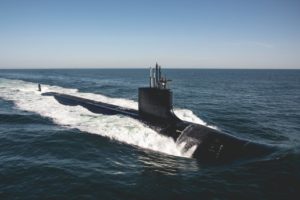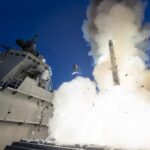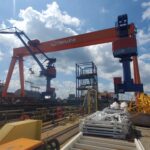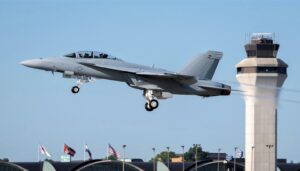
The Australian ambassador to the U.S. confirmed the new AUKUS nuclear submarines will use Highly Enriched Uranium (HEU) and plan to avoid needing a civilian nuclear industry. “The subs will be using HEU and we’re just working out now the arrangements for what that will mean in practice, but the whole point is for us to avoid the need to have a civilian nuclear industry because apart from anything else - we thought if we went down that route it…

 By
By 











